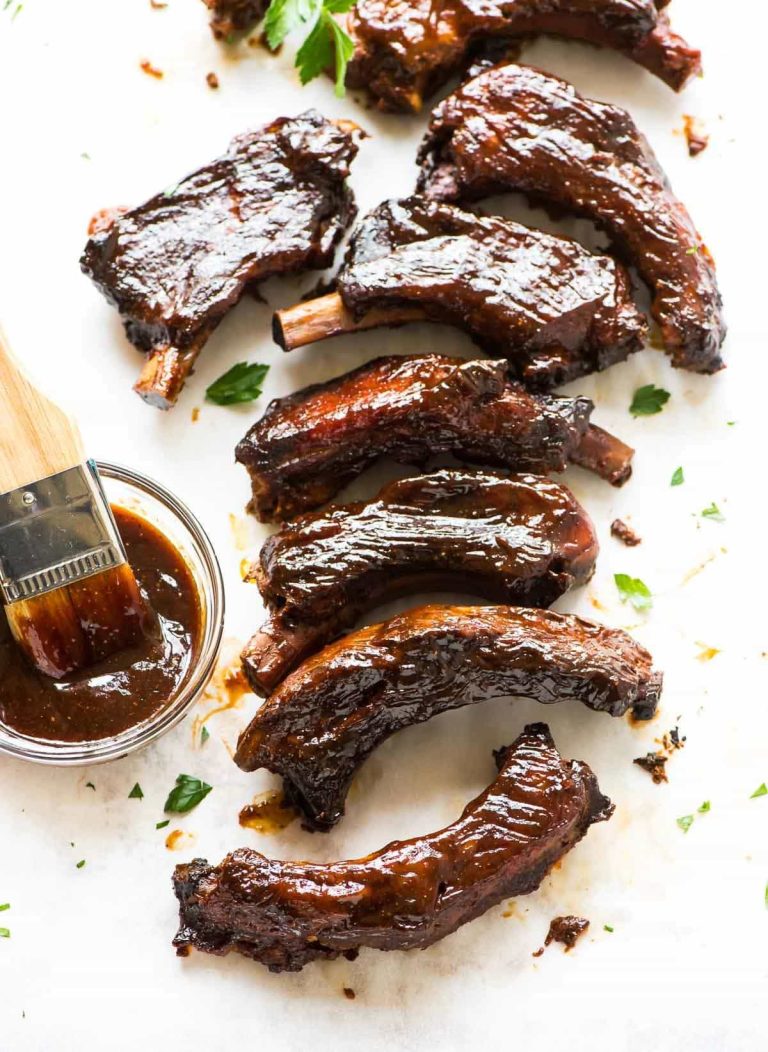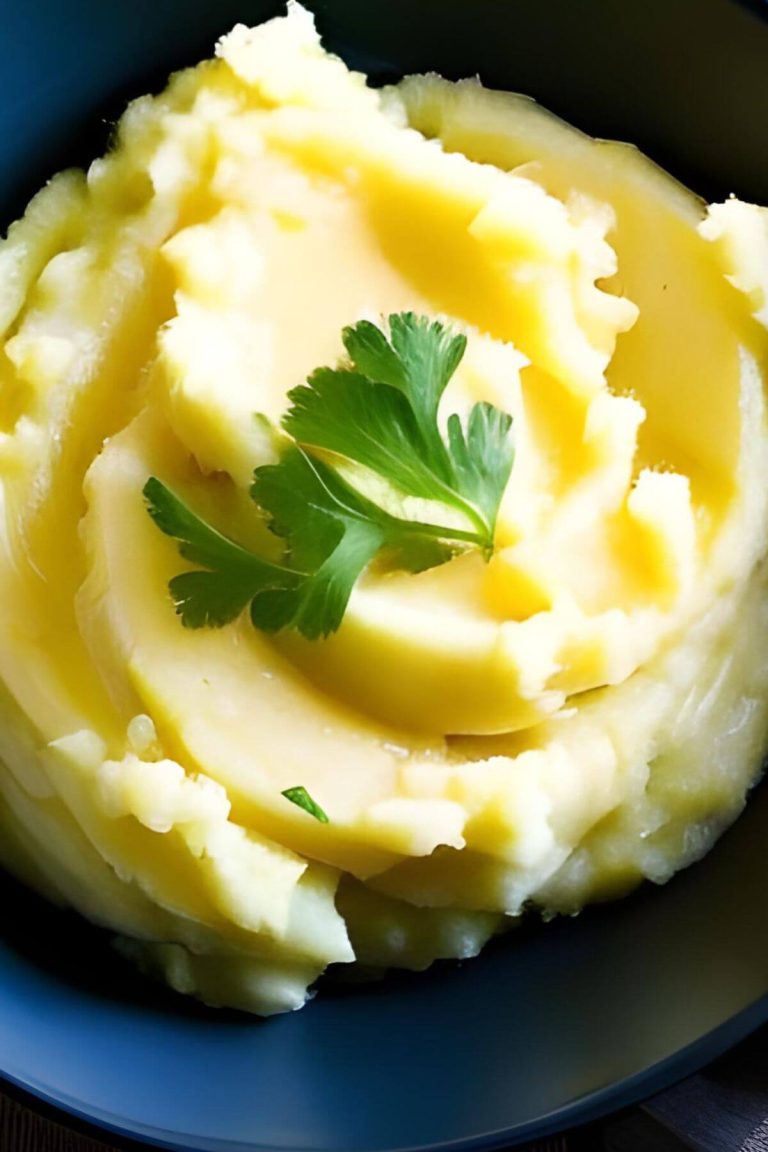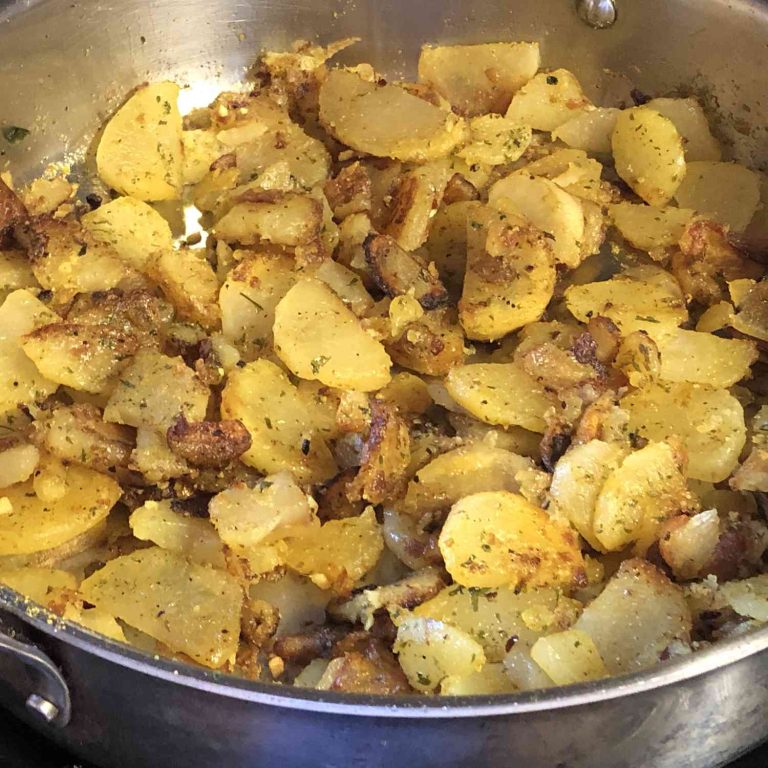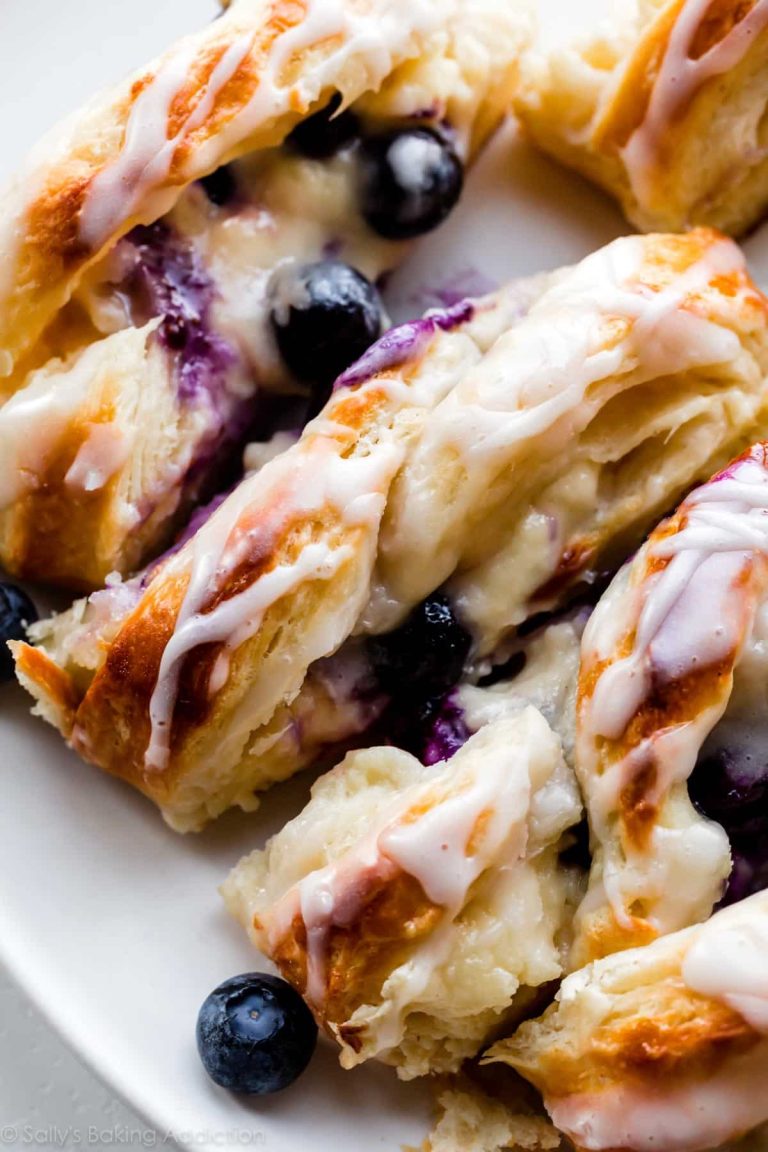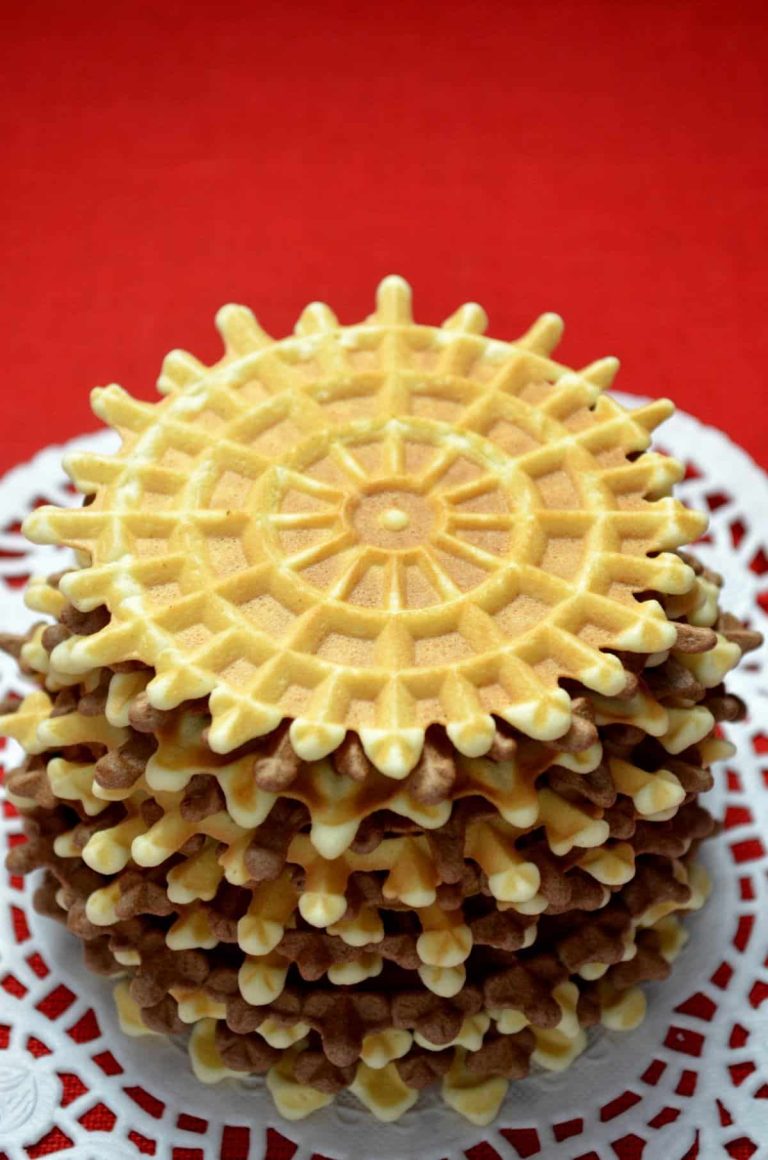White Bread Recipe
Selecting a bread machine involves several considerations. Capacity matters since a larger bread machine can handle bigger loaves, often 2 to 2.5 pounds. Think about your kitchen’s counter space, as bread machines vary in size. Look for ease of use by checking if the machine has intuitive controls. Noise level can be an issue if you plan to use it frequently. Opt for a machine that’s quieter.
Recommended Features for Best Results
Certain features optimize bread-making results. Look for a delay timer allowing you to schedule baking. A viewing window helps monitor progress. The option for different crust settings—light, medium, dark—provides flexibility. Rapid bake functions can be beneficial, reducing baking time significantly. Bread machines with a kneading paddle that can be removed ensure easier cleanup. Also, having gluten-free settings can add versatility if dietary needs change.
Essential Ingredients for White Bread
Flour Types and Their Effects
Choosing the right flour is crucial for perfect white bread. Bread flour, with high protein content (12-14%), enhances gluten development, resulting in a chewy texture. All-purpose flour, with moderate protein content (10-12%), offers a balanced texture but may yield a less chewy bread. Whole wheat flour, while nutritious, isn’t typically used alone for white bread due to its denser consistency. Mixing white and whole wheat flours balances nutrition and texture. Using unbleached flour enhances flavor without chemicals.
Importance of Yeast and Water Quality
Yeast is vital for bread rise and texture. Active dry yeast requires dissolving in warm water (100-110°F) before use. Instant yeast, or bread machine yeast, can mix directly with dry ingredients. Fresh yeast yields a more complex flavor but has a shorter shelf life. Water quality impacts yeast activity and bread flavor. Use filtered water to avoid chlorine or impurities adversely affecting yeast. Maintain water temperature at 100-110°F for optimal yeast performance.
Step-by-Step Guide to Making White Bread
Preparing Your Ingredients
Gather flour, water, yeast, salt, and sugar. Choose bread flour for optimal texture. Measure 3 cups of flour, 1 cup of water, 1.5 teaspoons of yeast, 1 teaspoon of salt, and 1 tablespoon of sugar. Use a digital kitchen scale for accuracy. Ensure water is room temperature for best yeast activity. Use active dry yeast for reliable rise.
Programming Your Bread Machine
Add ingredients to the bread pan in the recommended order. Typically, you should add water first, followed by dry ingredients, and yeast last. Select the white bread setting on your machine. Choose your preferred crust setting; light, medium, or dark. Set the delay timer if you want fresh bread at a specific time. Monitor the kneading process to ensure proper dough consistency.
Tips and Tricks for Perfect White Bread
Troubleshooting Common Issues
To ensure perfect white bread, address common issues promptly. If your bread is too dense, check yeast freshness since expired yeast can lose its potency. For bread that collapses, reduce the amount of water by 1-2 tablespoons because excess moisture can weaken the dough structure. If the crust is too thick, select a lighter crust setting on your bread machine.
In case of uneven baking, inspect the dough consistency during kneading. Proper dough should form a smooth, elastic ball; add flour incrementally if the dough is sticky or add water if it’s too dry. For bread with large air holes, avoid overproofing by not letting the dough rise for too long.
Enhancing Flavor and Texture
For superior flavor and texture in white bread, consider a few enhancements. Substitute 10-20% of the bread flour with whole wheat flour for a nutty taste without compromising the white bread’s softness. Add milk or substitute water with milk for a richer flavor and softer crumb.
Incorporate ingredients like honey or malt syrup instead of sugar for added depth of flavor. Increase texture complexity with a tablespoon of vital wheat gluten for improved dough elasticity and structure. Adding a small amount of butter or oil can result in a tender crumb and smooth texture. Use high-quality sea salt to enhance the overall flavor of the bread.
By leveraging these tips and tricks, your bread machine will produce consistently excellent white bread, addressing common issues and enhancing both flavor and texture.
Best White Bread Recipes for Bread Machines
Classic White Bread
Classic white bread requires basic ingredients and simple steps to achieve perfect loaves using your bread machine. Start with 3 cups of bread flour, 1 cup of warm water (110°F/45°C), 2 tablespoons of sugar, 1 teaspoon of salt, 2 tablespoons of unsalted butter, and 2 ¼ teaspoons of active dry yeast.
- Measure Ingredients Accurately: Combine flour, sugar, and salt in the bread machine pan. Ensure precise measurements to maintain the correct dough consistency and ideal texture.
- Add Butter and Warm Water: Cut butter into small pieces for even distribution. Add warm water only after placing butter atop the flour mixture.
- Introduce Yeast Properly: Create a small indentation in the flour and add yeast to prevent premature activation. This ensures controlled fermentation.
- Select Appropriate Settings: Use the Basic or White Bread setting on your machine. Choose your preferred crust color, typically medium or dark for a classic loaf.
- Monitor Dough Consistency: Check the dough during kneading. If too dry, add water one tablespoon at a time. For sticky dough, add flour sparingly.
Popular variations include adding 2 tablespoons of dry milk powder for a softer texture or replacing water with milk for a richer flavor. These simple adjustments can enhance your classic white bread experience.
Gluten-Free White Bread Variations
Gluten-free white bread is achievable with the right ingredients and techniques. Use 2 ½ cups of gluten-free all-purpose flour blend, 1 ¼ cups of warm water (110°F/45°C), 2 tablespoons of sugar, 1 teaspoon of salt, 3 tablespoons of vegetable oil, 1 ½ teaspoons of apple cider vinegar, 3 large eggs, and 2 ¼ teaspoons of active dry yeast.
- Combine Dry Ingredients: Mix gluten-free flour, sugar, and salt in the bread machine pan. A well-mixed base ensures even incorporation of wet ingredients.
- Add Wet Ingredients Carefully: Blend warm water, oil, vinegar, and eggs in a separate bowl. Gradually pour the wet mixture into the dry ingredients in the bread machine pan.
- Activate Yeast Effectively: Create a small well in the center of the flour mixture and add yeast to avoid premature contact with liquids.
- Choose Specialized Settings: Select the Gluten-Free setting, if available. If not, use the Basic or White Bread setting, adjusting bake time manually if needed.
- Observe Dough Consistency: Note that gluten-free dough will appear wetter and stickier than traditional dough. Avoid adding extra flour unless necessary.
Conclusion
Making white bread at home with a bread machine can be a game-changer for your kitchen routine. By selecting a machine with the right features and using high-quality ingredients, you can enjoy fresh, delicious bread any time you want. With the step-by-step guide and troubleshooting tips provided, you’re well-equipped to tackle any baking challenges that come your way. Don’t be afraid to experiment with flavors and textures to find your perfect loaf. Whether you stick with classic white bread or try a gluten-free variation, your bread machine is a versatile tool that can help you achieve bakery-quality results right at home.

